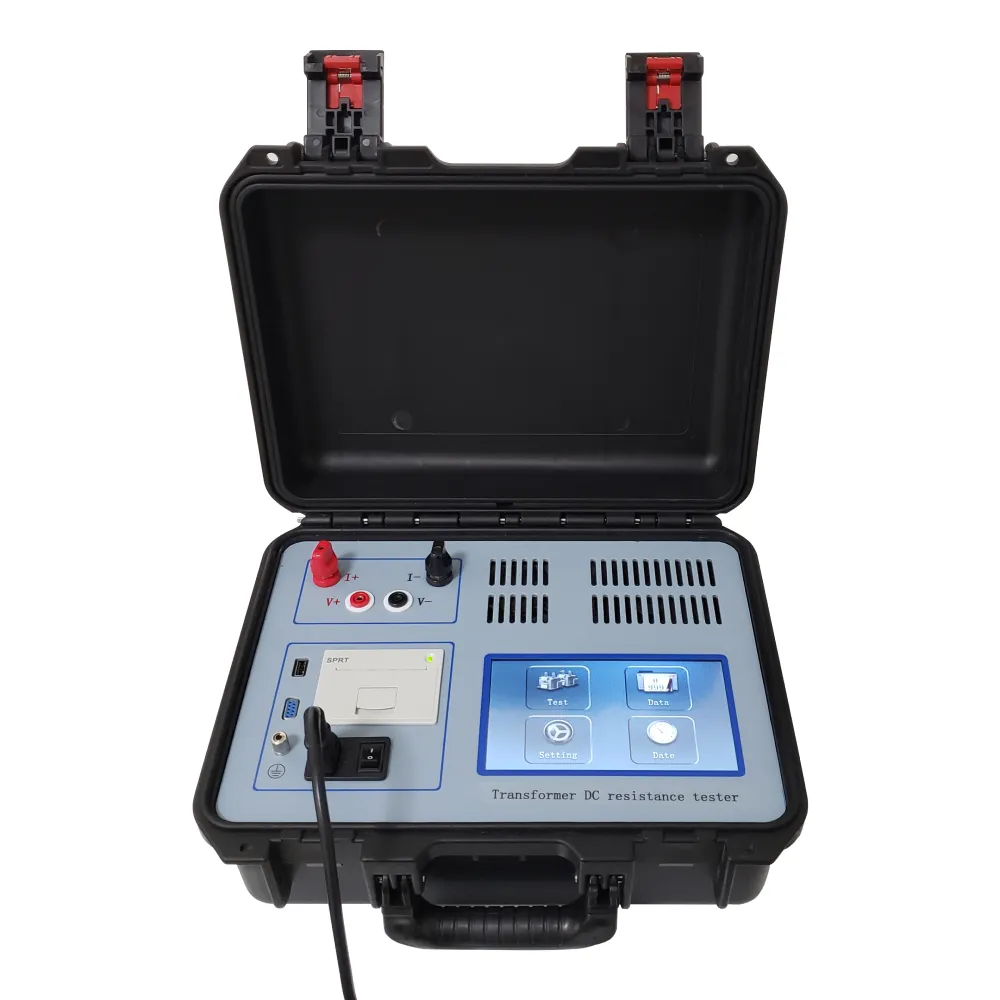 English
English



-
 Afrikaans
Afrikaans -
 Albanian
Albanian -
 Amharic
Amharic -
 Arabic
Arabic -
 Armenian
Armenian -
 Azerbaijani
Azerbaijani -
 Basque
Basque -
 Belarusian
Belarusian -
 Bengali
Bengali -
 Bosnian
Bosnian -
 Bulgarian
Bulgarian -
 Catalan
Catalan -
 Cebuano
Cebuano -
 China
China -
 China (Taiwan)
China (Taiwan) -
 Corsican
Corsican -
 Croatian
Croatian -
 Czech
Czech -
 Danish
Danish -
 Dutch
Dutch -
 English
English -
 Esperanto
Esperanto -
 Estonian
Estonian -
 Finnish
Finnish -
 French
French -
 Frisian
Frisian -
 Galician
Galician -
 Georgian
Georgian -
 German
German -
 Greek
Greek -
 Gujarati
Gujarati -
 Haitian Creole
Haitian Creole -
 hausa
hausa -
 hawaiian
hawaiian -
 Hebrew
Hebrew -
 Hindi
Hindi -
 Miao
Miao -
 Hungarian
Hungarian -
 Icelandic
Icelandic -
 igbo
igbo -
 Indonesian
Indonesian -
 irish
irish -
 Italian
Italian -
 Japanese
Japanese -
 Javanese
Javanese -
 Kannada
Kannada -
 kazakh
kazakh -
 Khmer
Khmer -
 Rwandese
Rwandese -
 Korean
Korean -
 Kurdish
Kurdish -
 Kyrgyz
Kyrgyz -
 Lao
Lao -
 Latin
Latin -
 Latvian
Latvian -
 Lithuanian
Lithuanian -
 Luxembourgish
Luxembourgish -
 Macedonian
Macedonian -
 Malgashi
Malgashi -
 Malay
Malay -
 Malayalam
Malayalam -
 Maltese
Maltese -
 Maori
Maori -
 Marathi
Marathi -
 Mongolian
Mongolian -
 Myanmar
Myanmar -
 Nepali
Nepali -
 Norwegian
Norwegian -
 Norwegian
Norwegian -
 Occitan
Occitan -
 Pashto
Pashto -
 Persian
Persian -
 Polish
Polish -
 Portuguese
Portuguese -
 Punjabi
Punjabi -
 Romanian
Romanian -
 Russian
Russian -
 Samoan
Samoan -
 Scottish Gaelic
Scottish Gaelic -
 Serbian
Serbian -
 Sesotho
Sesotho -
 Shona
Shona -
 Sindhi
Sindhi -
 Sinhala
Sinhala -
 Slovak
Slovak -
 Slovenian
Slovenian -
 Somali
Somali -
 Spanish
Spanish -
 Sundanese
Sundanese -
 Swahili
Swahili -
 Swedish
Swedish -
 Tagalog
Tagalog -
 Tajik
Tajik -
 Tamil
Tamil -
 Tatar
Tatar -
 Telugu
Telugu -
 Thai
Thai -
 Turkish
Turkish -
 Turkmen
Turkmen -
 Ukrainian
Ukrainian -
 Urdu
Urdu -
 Uighur
Uighur -
 Uzbek
Uzbek -
 Vietnamese
Vietnamese -
 Welsh
Welsh -
 Bantu
Bantu -
 Yiddish
Yiddish -
 Yoruba
Yoruba -
 Zulu
Zulu
Testing Approaches for Auto Transformer Performance Evaluation and Quality Assurance
Understanding Auto Transformer Testing A Comprehensive Guide
Auto transformers are widely used electrical devices that facilitate the transformation of voltage levels in power systems. They are particularly popular due to their compact design, efficiency, and ability to provide variable voltage outputs. However, like all electrical equipment, proper testing is crucial to ensure their reliability and performance. This article explores the various aspects and methodologies of auto transformer testing.
Importance of Auto Transformer Testing
Testing auto transformers is vital for several reasons. First and foremost, such testing helps in verifying the operational integrity of the device. Faulty transformers can lead to inefficiencies, potential electrical hazards, and costly downtime. Furthermore, routine testing can help identify wear and tear, loose connections, insulation breakdowns, and other issues that could jeopardize performance.
Common Testing Methods
1. Insulation Resistance Testing This test evaluates the insulation quality of the transformer windings. Using a megohmmeter, technicians measure the resistance between the windings and the ground. A high resistance reading indicates good insulation, while a low reading suggests potential insulation failure.
2. Turns Ratio Testing This test checks the turns ratio between the primary and secondary windings to ensure they match the manufacturer's specifications. A turns ratio tester applies a voltage to the primary side and measures the resulting voltage on the secondary side. Any discrepancy can indicate transformer damage or improper connections.
auto transformer testing

3. Power Factor Testing This assessment monitors the dielectric characteristics of transformer insulation. Typically performed at power frequencies, this test helps identify issues such as moisture ingress or degradation in paper insulation that can compromise operational efficiency.
4. Temperature Rise Testing Auto transformers are subject to heat during operation, and this test evaluates how efficiently they dissipate heat. It involves loading the transformer under controlled conditions for a specific duration and measuring temperature increase. Excessive temperatures can indicate underlying issues that may necessitate further inspection or remedial action.
5. Short-Circuit Tests These tests evaluate a transformer’s capability to withstand short-circuit conditions. By deliberately generating a short circuit, technicians analyze the resulting thermal and mechanical stresses on the transformer, ensuring its integrity under fault conditions.
Advancements in Testing Technology
With the advent of modern technology, auto transformer testing has evolved significantly. Automated testing rigs and software have improved accuracy and efficiency, allowing for comprehensive diagnostics with minimal human intervention. Additionally, condition monitoring techniques, including vibration analysis and thermal imaging, provide real-time data on transformer health, allowing for proactive maintenance.
Conclusion
Regular testing of auto transformers is indispensable for maintaining their performance and longevity in electrical systems. Employing various testing methods helps detect potential issues early, ensuring that transformers operate efficiently and safely. As technology continues to advance, the methods for testing auto transformers will likely become even more sophisticated, helping engineers manage and maintain these crucial components of our power infrastructure. Whether in industrial applications or electrical utilities, understanding and implementing efficient testing protocols will remain a key focus for electrical engineers and technicians alike.
-
Testing Equipment Industry Sees Major Advancements in 2025: Smart & Precision Technologies Lead the WayNewsJun.06,2025
-
Applications of Direct Current Generators in Renewable Energy SystemsNewsJun.05,2025
-
Hipot Tester Calibration and Accuracy GuidelinesNewsJun.05,2025
-
Digital Circuit Breaker Analyzer Features and BenefitsNewsJun.05,2025
-
Benefits of Real-Time Power Quality Monitoring Devices for Industrial EfficiencyNewsJun.05,2025
-
Earth Fault Loop Testing in High-Rise Building Electrical SystemsNewsJun.05,2025



